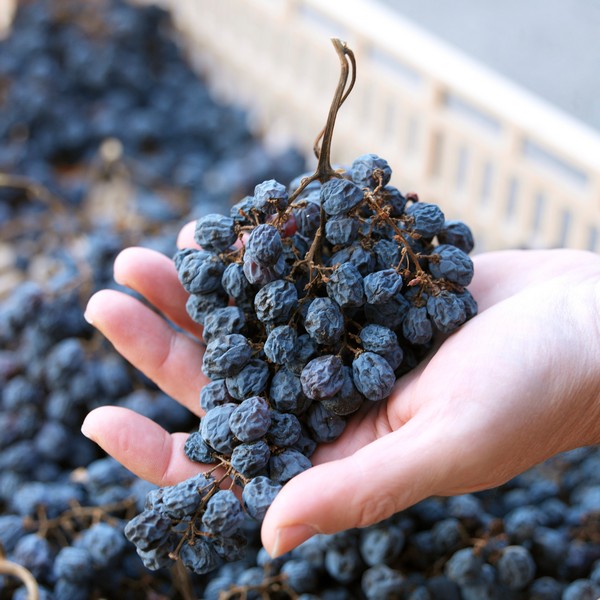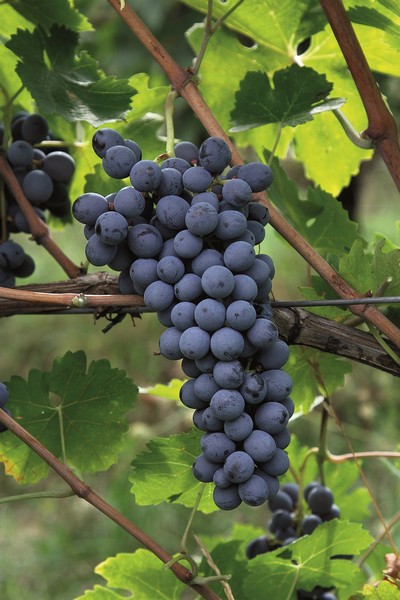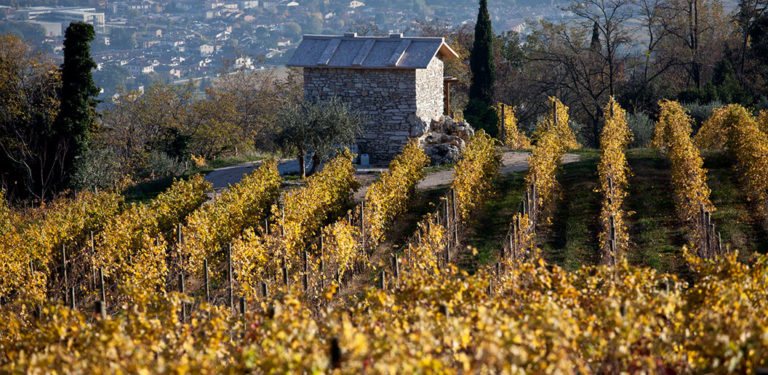What do the Passito wines from Valpolicella and the Luis Fonsi’s 2017 hit song have in common you ask? Apart from the obvious pun in the title of this column, they both enjoyed a massive popularity in Thailand and are both responsible for a peak of activity at maternity services. No one can deny that Valpolicella Passito wines are gorgeous and sexy and their high alcohol content made me tipsy on more than one occasion.
So without further ado let’s take a closer look at what makes Passito wines so special, starting with the Appassimento method.
The method
Using the Appassimento method requires to harvest the grapes early so that they retain a high acidity before being dried in an aerated building. Traditionally it was done using the wind only but modern technology allows for better atmosphere control. The drying will help to concentrate the sugars and the flavours. After the drying process the grapes are made into a wine that usually undergoes some ageing in oak. This method is used in various countries around the world but in Valpolicella or Jura (France) it became a defining characteristic of the region.

The grapes
The main grape used in Valpolicella is the Corvina Veronese, a native grape of the region. It is known to have a relatively thin-skin, low to medium tannins but a high acidity allowing it to endure the Appassimento process. It is often blended with other local varieties such as Rondinella, Corvinone and Oseleta in smaller percentages.
The place
Close to Verona, the Valpolicella region has plenty of water around it with the Lake Garda to its left and the Adige river to its right helping the regulate the temperatures. The soil on the hills is volcanic with limestone giving more acidic grapes and in the plains the gravel and sand soil give fruitier grapes as it favors ripening.
The wines
The first offspring of the Appassimento method is the Recioto della Valpolicella (DOCG). This sweet wine’s origin date back to the ancient Greeks and Romans. The fermentation is interrupted to retain a lot of natural sugar in the wine. The result is a sweet, intense and tannic wine that everybody should try at least once.

The story says that when an attempt at making a Recioto went wrong was created the Amarone. This dry to offdry wine was not meant to be but since became the most sought-after of all the Venetian wines. A good example of Amarone della Valpolicella (DOCG) would be the Allegrini Amarone Valpolicella Classico DOCG. Amarone wines are big and bold with an impressive bouquet of red and dried fruits, cherry liquor and oak aromas such as tobacco, chocolate or liquorice. They are also very high in alcohol, the minimum requirement for an Amarone being 14% alc. Not for the faint of heart.
After making the Amarone the remaining skin and seeds (called the Pomace) can be added to a standard Valpolicella wine to create the Valpolicella Ripasso (DOC) with a second fermentation. Ripasso wines such as the Palazzo Grimani Valpolicella Ripasso DOC are considered to be very good value as they retain some of the characteristics of the marone but with a gentle price tag.
And finally there are wines with the mention “Appassimento”. For some reason these wines cannot classify as Amarone and are therefore sold without the DOCG mark and at a much lower price. Sometimes it is because they couldn’t reach the minimum % of alcohol to obtain the DOCG or simply because they are not from Valpolicella.
Those wines are usually of very good value and can give you a “feel” of an Amarone for a fraction of the price. That is the case of the Allegrini Belpasso Vino Rosso Appassimento.
So next time you pass by our wine shop, or the next time you hear Despacito on the radio (hopefully not too often in 2022), make sure to remember that every bit of attention you give to the Passito wines of Valpolicella they will pay back in full.

About the Author
Thierry Berno is the Branch Manager for Italasia Hua Hin. His love of wine began in South Korea, mentored by Kwak Dong Young, the first Korean recipient of the French BP sommelier, and legendary chef Pierre Gagnaire whose passion inspired him.
To learn more or to visit Italasia Hua Hin, call 063 535 2590, or email, br-huahin@italasiagroup.com.


